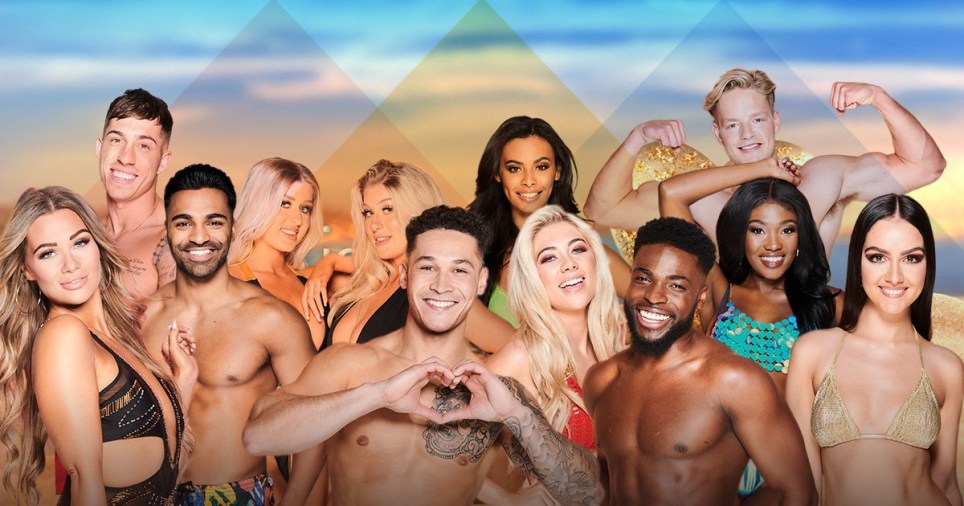Statistics show that a contestant’s chances of finding love on Love Island are just one in 35,000. This isn’t to say that not everyone should have equal oppourtunities at achieving these minute odds.
Ethnic representation has consistently been talked about in relation to Love Island. In 2011 a census shows the decrease in the number of people in the UK who identify as White British from 94% to 86% in 2011. It’s clear the UK is getting increasingly culturally diverse, so Love Island needs to represent this change also. In season one of Love Island just two of the contestants identified as BAME from the entire cast of the show. It was only in 2018 that Love Island featured Samira Mighty, the first Black woman to appear on the show. The question has to be raised, what took them so long? Why did Black women thus far not fit the criteria of a Love Island contestant? Although it can be noticed that more recent seasons of Love Island feature a more accurate ethnic representation, there remains issues with the representation that does occur on Love Island, as it has been noticed that often Black people have a harder time in the villa than others. Yewande from the 2019 series was not picked by any of the male contestants during the first episode’s coupling, along with Marcel, Malin and Samira who were all picked last.
Samira Mighty has spoken out about her experience when she describes how producers are failing in their audition process to find contestants who desire women who are not “blonde with big boobs”. In addition to this, Sherif Lanre was kicked off the 2019 series and commented “I can’t rule out that racism was a factor here. I think there may have been some unconscious racism.”. This suggests that putting people that are BAME on Love Island is not enough to cure the issue of making the show accessible and representative if, when they are on the show, their experience is tainted.
Aside from the fact Love Island is not able to successfully represent multiple ethnicities, their lack of representation of different body types has also been slammed by the public. It can be noticed that pretty much everyone that appears on Love Island has what can be widely accepted as the ‘ideal body’. This highlights one key area in which the show fails at representation as it displays unrealistic body types that may be either unattainable or unnatural to most people. This is heavily focused on among the female contestants: ex-islander Alexandra Cane tweeted “Where the curvy girls at?”.
The issue is just as prevalent among men who all appear to be incredibly muscular and often tall. As seen in this year’s winter Love Island, contestant Nas has been consistently rejected by girls who have commented on his height, along with the other islanders. This casual joking is shown on Love Island to be an accepted form of ridicule and is projected onto viewers, making shorter men potentially feel more insecure about their height after watching the show. The issue of lack of inclusivity of body types goes beyond representation as 1 in 4 people aged 18-24 claimed watching reality TV made them feel worried about their bodies. Love Island is the most watched TV programme among this age group highlighting the detrimental effects the show is having on its viewers due to the lack of representation.
The question is, are the Love Island producers doing everything to make the show accessible and representative? Some would argue the inclusion of more BAME contestants and the inclusion of plus size contestant Anna Vakili in 2019 is evidence of the show trying to do more. Others may argue that this is just the bare minimum of what can be done.
The worst part about all of this has to be the response from ITV to the criticism. Creative director Richard Cowles gave a problematic response, replying that the show simply wants islanders “to be attracted to one another”. The fact that the show has been criticised for a lack of representation of the BAME community and curvier, less muscular body types gives off the impression that the show deems these qualities unattractive, perpetuating an incredibly dangerous message to viewers.
Shows like Love Island have an enormous viewing from all types of people, including myself. That is not to say that we should boycott the show altogether, but it is important that as viewers we recognise the problems inherent in Love Island and call them out when they’re noticed. As always, it’s important to remember that there are many aspects of reality TV that aren’t very real.
Image credit: Metro
Nisha Chandar-Nair

